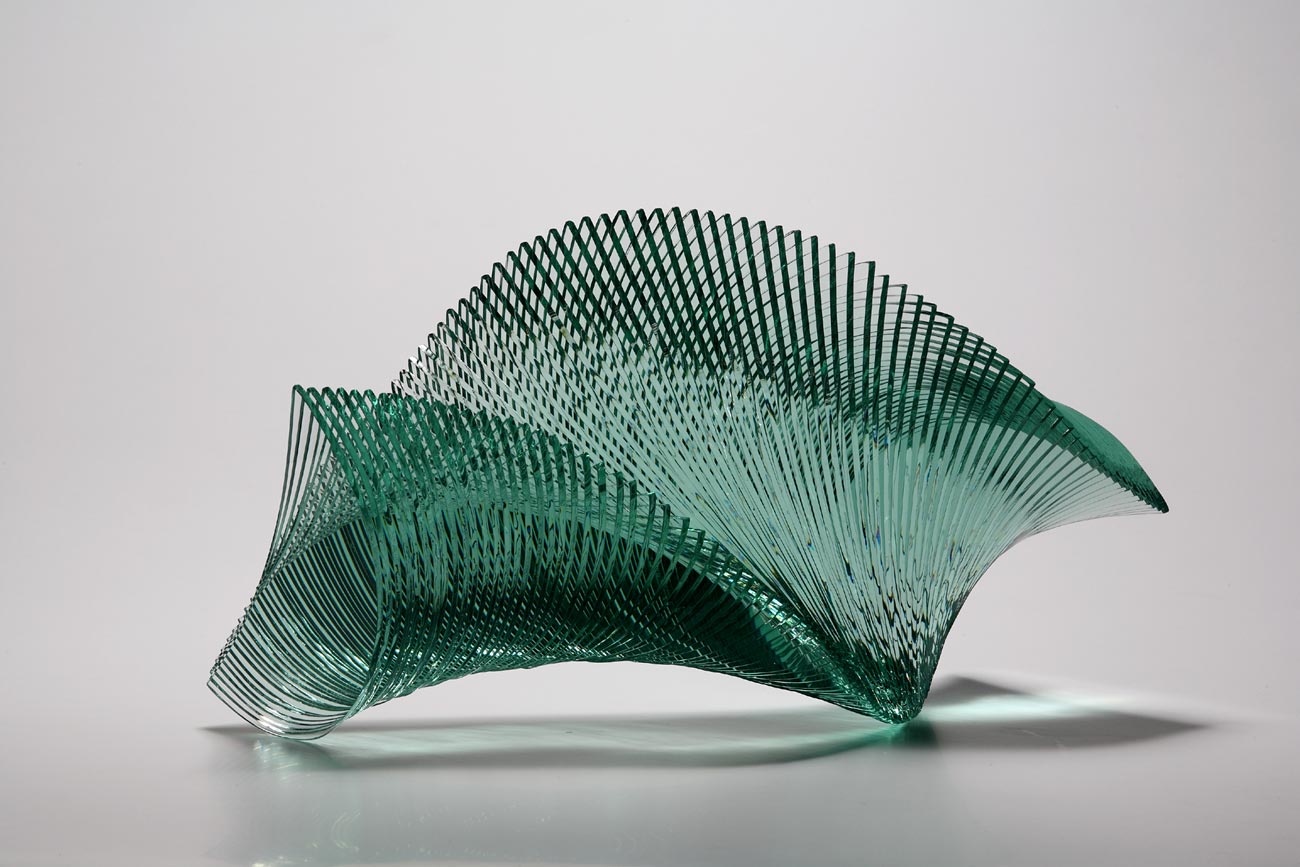

The Benefits of Dual Low-E Glass in Modern Architecture
In today's architectural landscape, energy efficiency and environmental sustainability are more crucial than ever. One of the most effective advancements in building materials that contribute to these goals is dual low-emissivity (Low-E) glass. This innovative glazing technology plays a significant role in improving the energy performance of buildings while providing numerous benefits for homeowners and businesses alike.
The Benefits of Dual Low-E Glass in Modern Architecture
One of the major advantages of dual Low-E glass is its capacity to reflect interior temperatures back into the building. This reflective property is particularly beneficial during winter months, as it helps in retaining heat. Conversely, during the summer, the glass reflects exterior heat away from the building, thus keeping indoor spaces cooler. This bi-directional efficiency not only enhances comfort but also plays a crucial role in reducing energy bills, as less energy is needed for climate control.

Another benefit of dual Low-E glass is its ability to block harmful UV radiation. Prolonged exposure to UV rays can cause fading and damage to interior furnishings, artwork, and flooring. By using dual Low-E glass, property owners can protect their investments and prolong the lifespan of their interior materials. This feature is especially appealing in residential spaces where aesthetics and preservation of functionality are paramount.
Moreover, the installation of dual Low-E glass can greatly improve a building's overall sustainability. By reducing energy consumption, buildings contribute less to greenhouse gas emissions, aligning with global efforts to combat climate change. This makes it a wise choice for environmentally conscious builders and homeowners who are eager to incorporate green building practices into their projects.
The aesthetic versatility of dual Low-E glass adds to its appeal. It can be seamlessly integrated into various architectural designs, offering clear views while maintaining energy efficiency. With options for different tints, thicknesses, and coatings, architects can achieve their vision without sacrificing the performance capabilities of the glass.
In conclusion, dual Low-E glass presents a remarkable solution for modern construction and renovation projects. Its energy-efficient properties, UV protection, cost savings, and aesthetic appeal make it an ideal choice for anyone looking to enhance their building's performance while promoting sustainability. As we continue to prioritize energy efficiency in our living and working environments, dual Low-E glass stands out as a leading innovation in the world of architecture.